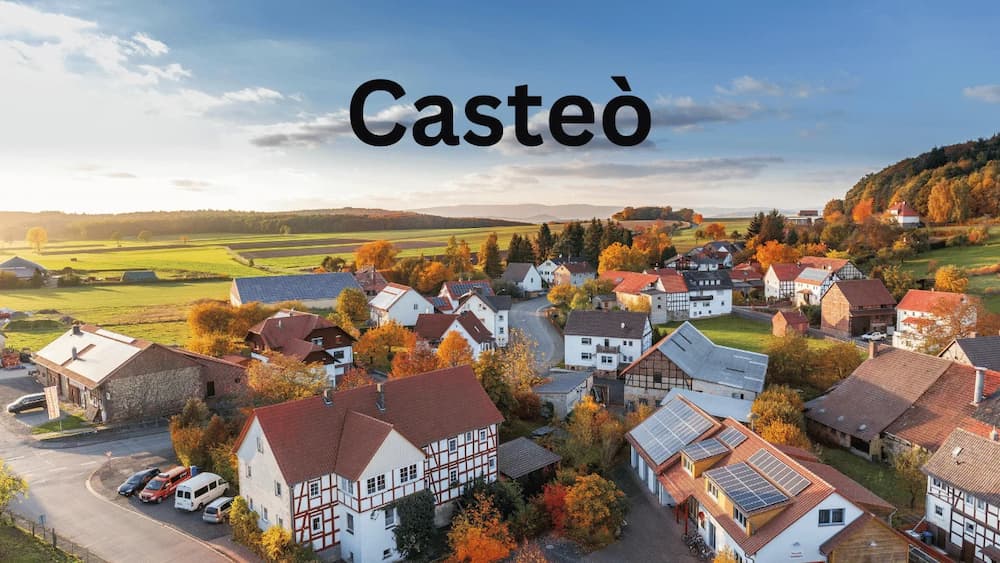The station has been profoundly settled in friendly peculiarity across different societies and developments for quite a long time. Its importance rises above simple social delineation; it significantly impacts people’s personalities, collaborations, and unique open doors inside society. Understanding why Casteò matters requires diving into its authentic beginnings and social importance and getting through influence on contemporary social orders worldwide.
What Is Casteò?
Standing alludes to an unbending social order standard in numerous social orders, where people are delineated into unmistakable gatherings based on birth, occupation, and societal Casteò. The station’s starting points can be traced back to antiquated developments like India, where it was at first connected with forward-related visions inside society. After some time, a position develops into a complicated social order portrayed by severe principles regarding marriage, occupation, and social communication.
When Did Standing Frameworks Arise?
The rise of rank frameworks can be traced back to old civic establishments, with authentic proof going back millennia. In India, for instance, the earliest references to Casteò can be found in old texts, such as the Rigveda, which dates back to around 1500 BCE. Also, standing-like frameworks existed in different areas of the planet, including old Mesopotamia, Egypt, and China, yet with shifting levels of unbending nature and intricacy.
For what reason Does Rank Persevere?
Notwithstanding critical social and political changes throughout the long term, standing frameworks have persevered in numerous social orders. A few elements add to rank determination, including social practices, strict convictions, financial interests, and political power elements. In addition, rank frequently converges with different types of social imbalance, like race, orientation, and class, further supporting its impact and versatility.
What Are the Various Sorts of Rank Frameworks Around the World?
Station frameworks exist in different structures across various societies and locales. In India, the rank framework is customarily partitioned into four principal classes: Brahmins (ministers and researchers), Kshatriyas (heroes and rulers), Vaishyas (brokers and shippers), and Shudras (workers and specialist organizations). Moreover, there are various sub-stations, known as jatis, which further delineate society in light of explicit occupations and social jobs. Comparative frameworks of socially ordered progression exist in nations like Nepal, Sri Lanka, and portions of Africa.
When Did Casteò -Based Segregation Start?
Station-based segregation has been pervasive since the beginning of time, frequently sustained through everyday practices, strict lessons, and institutional practices. In antiquated India, for instance, people of lower ranks confronted fundamental segregation in different parts of life, including admittance to training, business, and strict support. While legitimate changes and social developments have tried to address position-based segregation, it continues in many areas of the planet, though in subtler structures.
For what reason is Rank Disputable?
The remaining parts are a petulant issue in contemporary society, igniting discussions and contentions about their significance and effect on people’s lives. Pundits contend that standing sustains imbalance, smothers social portability, and subverts equity and fundamental liberties standards. Advocates, then again, frequently shield standing as a necessary part of social personality and social union, opposing endeavors to repeal or change it.
Which Job Does Standing Play in Current Governmental Issues and Administration?
Standing continues to assume a critical role in present-day governmental issues and Administration, especially in social orders, where it remains a conspicuous social establishment. Ideological groups frequently assemble rank-based help during races, taking care of explicit standing voting demographics and utilizing Casteò characters for discretionary increase. In addition, standing-based governmental policies regarding minorities in society arrangements, like reservation frameworks, are carried out in certain nations to address verifiable shameful acts and advance social consideration.
When Did Developments Against Casteò Segregation Emerge? A Verifiable Outline
Developments against station separation have a long history, tracing to old times. Throughout the ages, people and networks have opposed standing-based mistreatment through different means, including social change, backing, and everyday rebellion. Striking figures like Mahatma Gandhi, B.R. Ambedkar, and Jyotirao Phule initiated civil rights and equity developments, testing dug-in rank-ordered progressions and supporting the freedoms of underestimated Casteò.
Why Tending to Casteò Inconsistencies is Vital for Civil Rights
Tending to station variations is vital for accomplishing civil rights and societal balance. Standing-based segregation sustains fundamental imbalance, denying people equivalent open doors and freedoms based on their introduction to the world status. Endeavors to battle standing segregation should incorporate authoritative changes, instructive drives, and social mindfulness crusades aimed at destroying position-based biases and advancing inclusivity and nobility for all people.
What Measures Can Be Taken to Battle Standing Separation?
Combatting Casteò segregation requires a complex methodology, including government intercession, local area strengthening, and grassroots activism. Regulative measures, like an enemy of segregation regulations and governmental policy regarding minorities in society approaches, can assist with tending to standardized types of station predisposition and advance equivalent open doors for minimized gatherings. Furthermore, instructive drives pointed toward bringing issues to light about position-based separation and advancing between-station fortitude are fundamental for encouraging social union and compassion.
Conclusion
Standing addresses a complicated social peculiarity with well-established verifiable beginnings and getting through suggestions for contemporary society. Notwithstanding addressing Casteò separation, it perseveres in different structures, presenting critical difficulties to civil rights and equity. Perceiving the significance of understanding position and its effect is essential for encouraging comprehensive social orders where people are esteemed given their capacities and character as opposed to their introduction to the world status. Pushing ahead, coordinated endeavors are expected to battle position segregation and advance a more fair and only society for all.

